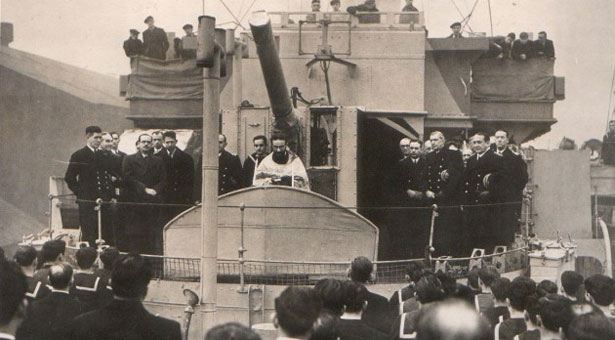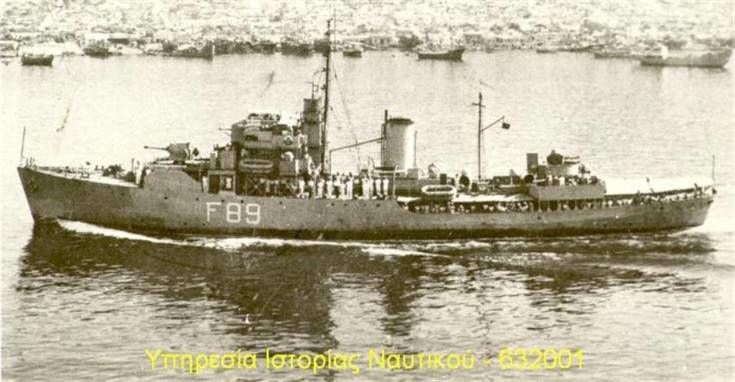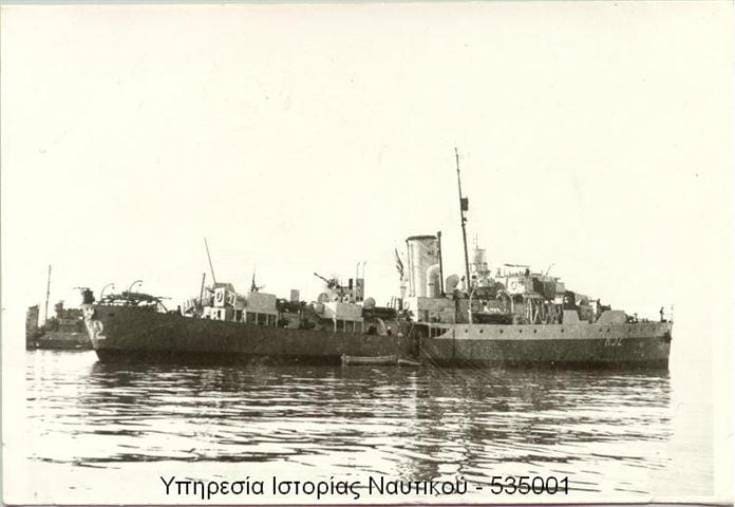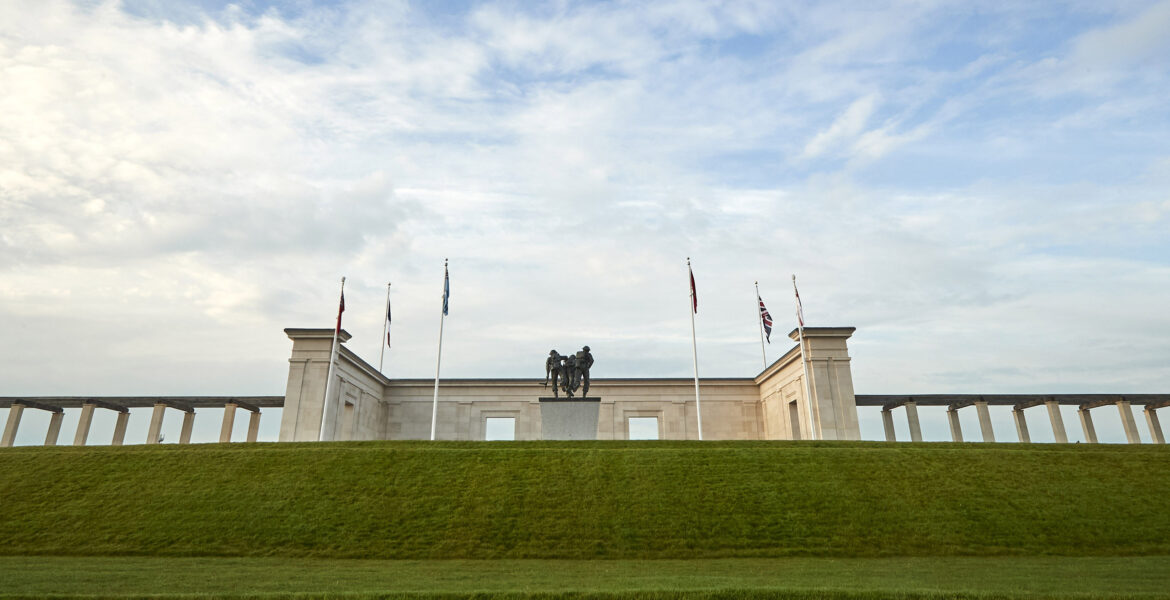100 days before the 80th anniversary of D-Day, 13 names will be added to the Normandy Memorial Wall to commemorate their service and sacrifice in the historic battle.

British Veterans Honored:
Among those being honoured are British veterans Stan Ford and John Roberts. Mr. Roberts, a 99-year-old former Rear Admiral, served on HMS Serapis at the forefront of the D-Day convoy. Mr Ford, 19 at the time, served on the escort ship HMS Fratton, which tragically sunk later. Both veterans shared their reflections on the day and emphasized the importance of remembering the sacrifices made for future generations.
International Veterans Recognized:
The other veterans hail from 11 different countries, showcasing the global collaboration during the war. Here are some notable figures:
- Richard Pirrie (Australia): A Royal Australian Navy sailor was killed on D-Day while attempting to destroy enemy gun positions.
- Francois August Venesoen (Belgium): A Royal Air Force pilot, potentially killed during a D-Day patrol mission.
- Miroslav Moravec (Czech Republic): A Royal Air Force pilot who died tragically while taking off for a D-Day patrol.
- Kaj Birksted (Denmark): A Royal Air Force leader responsible for directing fighter pilots during the Normandy invasion.
- Leon Gautier (France): The last surviving Frenchman who participated in D-Day, joining the Free French Movement in 1940.
- Commander Georgios Panagiotopoulos (Greece): Captain of a Hellenic Navy corvette involved in the Normandy Landings.
- Max Wolff (Netherlands): The last surviving veteran of his unit in the Royal Netherlands Army, a Jewish refugee who joined the Free Dutch after losing his family in the Holocaust.
- William Howard Cameron (Canada): Responsible for supplying ammunition on his ship during D-Day.
- Lieutenant Neil W Harton (New Zealand): Commanded Motor Torpedo Boats that led the invasion fleet and cleared minefields.
- General Stanislaw Maczek (Poland): A celebrated Polish military commander who fought in the Battle of Normandy.
- Jimmie W Monteith Jr. (United States): A Medal of Honor recipient for his bravery and leadership during the initial D-Day assault.

Adding to the Legacy:
This addition to the Normandy Memorial Wall further emphasizes the international significance of D-Day and serves as a permanent reminder of the courage and sacrifice of the veterans from around the world who participated in this pivotal moment in history.
Landing in Normandy: Operation Overlord and the Contribution of Greece
One of the landmark moments they judged as the outcome of World War II was the landing off the coast of Normandy, with the diary written June 6, 1944.
The operation was crowned with success, and then there was the battle of the same name, with the end of the military operations coming on August 19th. The Allies crossed the Seine before reaching the German border, with the countdown to the defeat of the Nazis to have started.
United Kingdom, USA, Canada, France, Poland, Australia, Belgium, New Zealand, Netherlands, Norway, Czechoslovakia and Greece took part in the landing and the French coast battle in Normandy.
Greece had been under occupation since 1941, but this was not able to prevent the Hellenic Royal Navy from participating and assisting the Allies in this historic event that changed the course of the war.
Two Greek ships, the corvettes "Tombazis" and "Kriezis", undertook to accompany the amphibious forces in Normandy through the English Channel in which the Germans had set up sea mines.
The landing operation had begun, with the ships of the Greek Royal Navy remaining open for cover. The Luftwaffe (German Air Force) launched an air strike but without any loss to the two Greek warships.
The Greek crew, with 155 men
The Greek fleet was based in Egypt due to the German occupation, and in addition to the two corvettes, in the Invasion of Normandy, even four merchant ships participated in strengthening the Allies.
The captain of the "Kriezis" corvette was Dimitrios Kiosses, who, in fact, became Admiral and Chief of the General Staff of the Navy, while the commander of "Tombazis" was Captain George Panagiotopoulos.

The ships were manned by Greeks of all walks of life and professions, such as accountants, lawyers, students, fishermen and merchants, something that Admiral Kiosses mentions in his memoirs.

The descriptions, in fact, of Admiral Grigoris Pavlakis, who "passed away" in January 2017 at the age of 96, are shocking in the meeting that Greek survivors had organized for the 57 years since the landing,
Grigoris Pavlakis was a member of "Kriezis" and had initially described in his statements: "Our only hope was the joy that if the business succeeded, Greece would come out of slavery. "We were all very young, and we had left our family behind."
As for the moments of the operation, in his words, the late Admiral put us "inside" the corvettes and what the crew members lived through: "On day D, we had to accompany 12 barges carrying selected parts of the famous British Northumberland division. Who took part in the first wave of the landing?
Approaching the coast of France, in the darkness, the fog, in the temporary recession of bad weather, a British cruiser came next to us and sent us a signal. His governor was a liaison in Greece during the Greek-Italian war, and he wanted to greet us.
We arrived at our destination at 7 in the morning, and the first soldiers disembarked. Much later, the fog left for a while, and we saw the ruin. There were thousands of boats all around us along the entire visible length of 80 km of the landing shore. The governor, Dimitris Kiosses, as soon as he was informed about the positive development of the landing, shouted Christ Resurrected and the whole crew cried with joy. "Finally, we would go back to a freer Greece."


